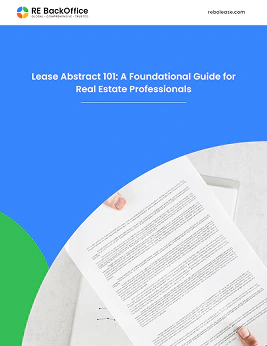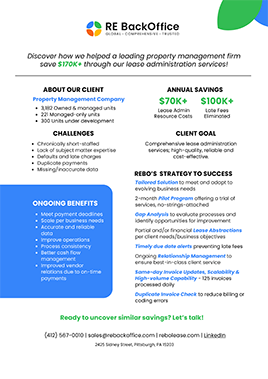
Eminent domain, also known as condemnation, is a legal concept that empowers governments to acquire private property for public use. This authority is often invoked in various development projects aimed at improving infrastructure, such as road expansions or urban redevelopment initiatives. In the context of lease agreements, eminent domain can present unique challenges and considerations for both landlords and tenants.
For example, consider a situation where City of New York to allocate 10% of Times Square's pedestrian area for expanding the Broadway corridor. In this instance, the city exercised eminent domain to enhance the Broadway corridor in Manhattan, impacting a portion of the pedestrian space in Times Square. However, instead of a complete takeover, it's a case of partial taking, focusing solely on the pedestrian area.
For landlords leasing property in Times Square, the prospect of eminent domain raises concerns about the security of their lease agreements and the potential impact on their property rights. In cases of partial condemnation, landlords may face the challenge of renegotiating lease terms with affected tenants or seeking compensation for the loss of property value resulting from the government's actions.
Tenants, on the other hand, may find themselves displaced or forced to adapt to changes in their leased space as a result of eminent domain. In the case of Times Square, businesses operating in the affected pedestrian area may need to adjust their operations or relocate to accommodate the expansion of the Broadway corridor.
One key aspect of eminent domain in the context of lease agreements is the issue of compensation. Under eminent domain law, property owners are entitled to just compensation for the taking of their property by the government. This compensation is intended to cover the fair market value of the property taken, as well as any damages resulting from the loss of use or access.
In the case of Times Square, affected property owners and tenants would likely be entitled to compensation for the partial taking of the pedestrian area. However, determining the fair market value of the affected property and assessing the extent of damages can be complex processes, requiring the expertise of appraisers and legal professionals.
In conclusion, eminent domain can have significant implications for
lease agreements, particularly in cases of partial condemnation where only a portion of the leased property is affected. Landlords and tenants alike must be aware of their rights and obligations under eminent domain law and seek legal guidance to navigate the complexities of the condemnation process effectively. In the case of Times Square, careful consideration of the impact of eminent domain on lease agreements is essential to ensure fair treatment and adequate compensation for all parties involved.


